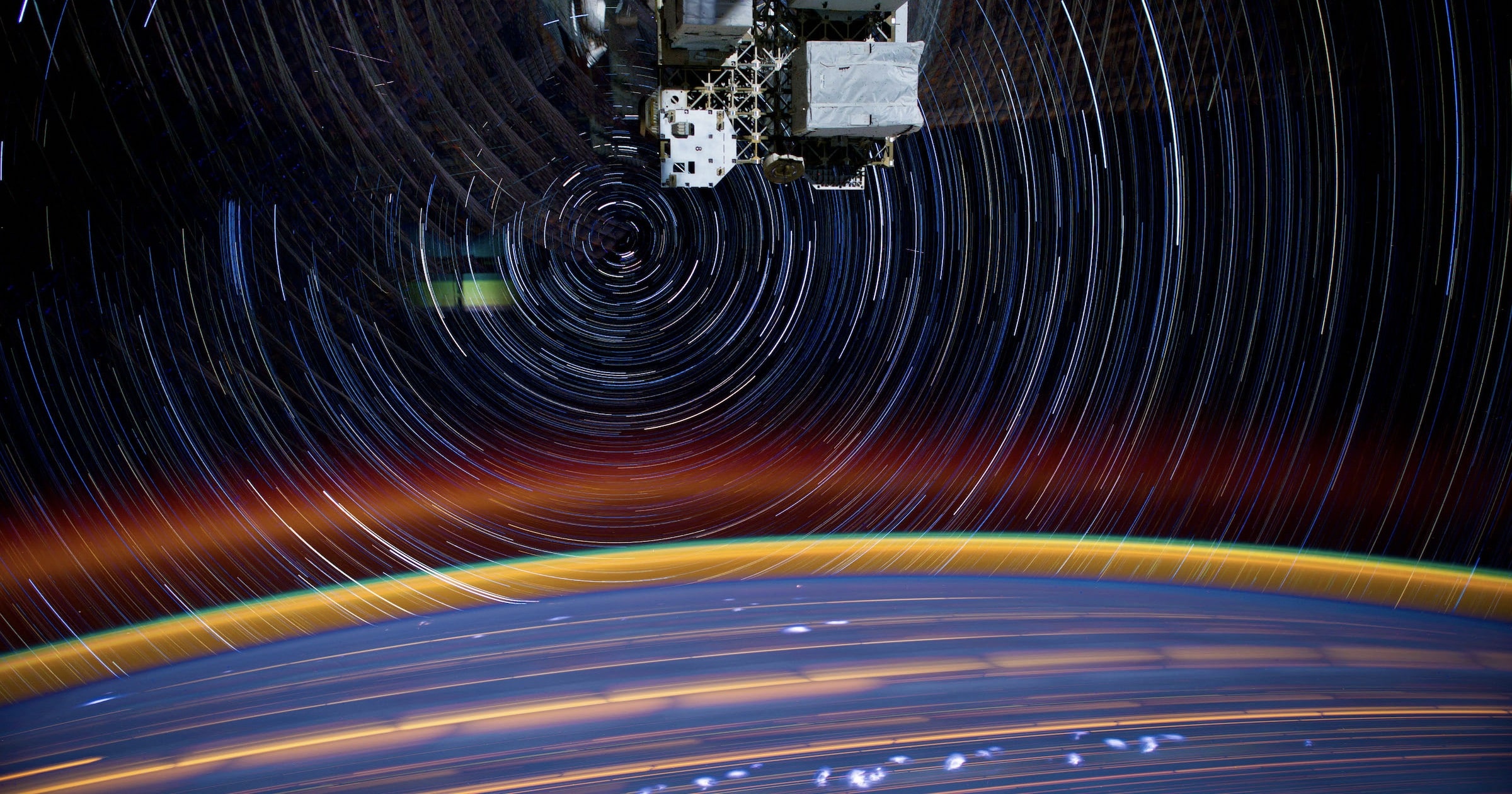 Intelligent Design
Intelligent Design
 Physics, Earth & Space
Physics, Earth & Space
Local Fine-Tuning and Habitable Zones

Editor’s note: We are delighted to present a series of excerpts from chapters in the recent book, Science and Faith in Dialogue, edited by Frederik van Niekerk and Nico Vorster. You can download a full copy of the book for free by going here.
In the second half of the 20th century, physicists discovered that the values of the physical constants and cosmological initial conditions must not differ greatly from their observed values for life to be possible in the universe (Barrow & Tipler 1986; Collins 2003; Rees 2000, 2003). Small changes to the values of some constants, for example, would result in universes far too short-lived or too simple (e.g. only hydrogen or black holes) or too chaotic for life. The conclusion from these theoretical considerations is that the universe must be “fine-tuned” for life.
In considering fine-tuning, physicists assume that the constants and initial conditions (and possibly the physical laws) could have been different. In other words, our universe is not logically necessary. Thus, the question arises as to whether the properties of our particular universe were designed and selected for us. Alternately, how much of what we observe was selected by us? The latter question falls under the category of one of the species of the anthropic principle. The observer self-selection “explanation” for the properties of the universe we inhabit (the weak anthropic principle), however, suffers from a lack of independent observational evidence for other universes or domains, and theoretical motivation for them is controversial.
Two Types of Fine-Tuning
It is helpful to split fine-tuning into two distinct types, which we will call “global” and “local.” Global tuning deals with the global properties of the observable universe. These include the masses of the fundamental particles, the strengths of the four fundamental forces, the initial cosmological conditions, and the cosmological constant.
In contrast, local tuning includes things that are not universal in their properties: planets, stars, and galaxies. Not only do we know that planets, stars and galaxies do not have fixed properties, we actually observe them to vary in their properties over a broad range. We can study how life depends on the local parameters while keeping the global parameters fixed. We can also tally their numbers. For local tuning, then, we have the hope of accurately quantifying the available probabilistic resources and estimating how much of our local circumstances can be explained by observer self-selection.
Although it is helpful to examine fine-tuning in this way, eventually we must re-join local and global tuning if we are to determine how finely tuned our universe is for life. Discussions of global tuning do not get us very far unless we understand how the global parameter values are instantiated locally in planets, stars, and galaxies.
Historically, local tuning has been explored within the context of exobiology or astrobiology. Motivated by the desire to find other inhabited planets, astrobiologists have sought to determine the full range of environments compatible with life (i.e. habitable environments). Over the past 20 years, considerable progress has been made towards this end. In the following section, I review the state of our knowledge about habitable environments (Gonzalez 2005). In the section ‘Implications for global tuning,’ I return to the topic of global tuning and describe how local and global tuning are linked.
Habitable Zones: An Introduction
Since its introduction over four decades ago, the CHZ (circumstellar habitable zone) concept has served to focus scientific discussions about habitability within planetary systems. Early studies simply defined the CHZ as that range of distances from the Sun that an Earth-like planet must be within to maintain liquid water on its surface. Too close, and too much water enters the atmosphere, leading to a runaway greenhouse effect. Too far, and too much water freezes, leading to runaway glaciation. Since these modest beginnings, CHZ models have become more complex and realistic, mostly because of improvements in the treatment of energy transport in planetary atmospheres and the inclusion of the carbon-silicate cycle. Along the way, Mars and Venus have served as “real world” test cases of the CHZ boundaries.
The CHZ has been an important unifying concept in astrobiology. Research on the CHZ requires knowledge of stellar evolution, planetary dynamics, climatology, biology, and geophysics. Yet even modern CHZ models are far from complete. Many factors relating to planet formation processes and subsequent gravitational dynamics have yet to be incorporated in a formal way.
While they were not the first to discuss habitability beyond the Solar System, Gonzalez, Brownlee, and Ward (2001a, 2001b) were the first to introduce a unifying concept called the GHZ. The GHZ describes habitability on the scale of the MWG. While the GHZ appears superficially similar to the CHZ, it is based on a very different set of physical processes, including the radial gradients of the supernova rate, gas metallicity, density of gas, and density of stars in the galactic disk. It should also be possible to define habitable zones for other galaxies and to even extend the concept to the whole universe (Lineweaver 2001). The largest of all habitable zones can be termed the CHA, which describes the evolution of the habitability of the universe over time.
In the following text, published studies relevant to the CHZ, GHZ and CHA will be reviewed, but first life’s basic needs will be reviewed.
Read the rest by downloading a free copy of Science and Faith in Dialogue here.
